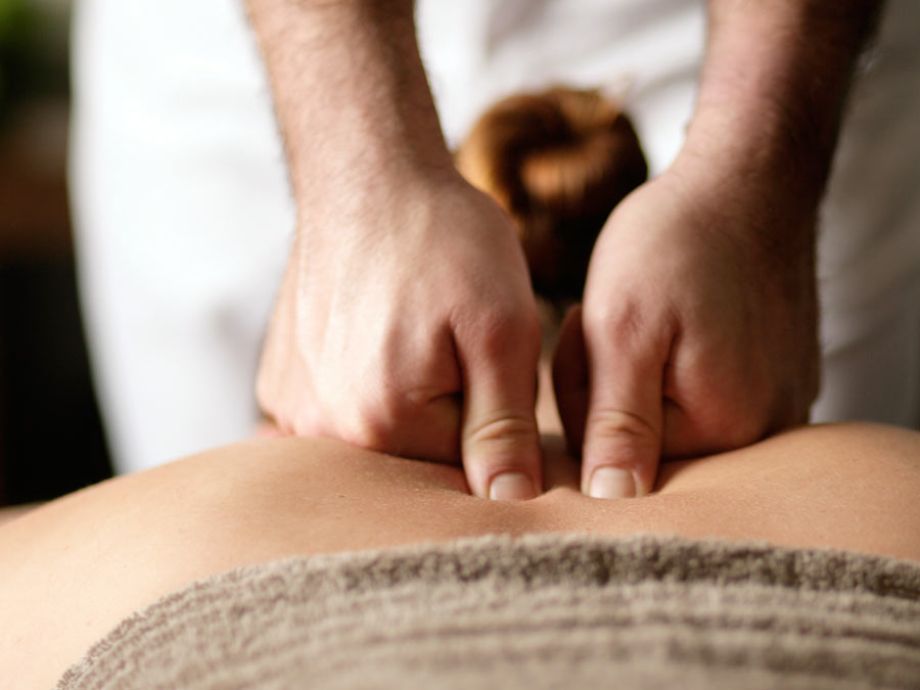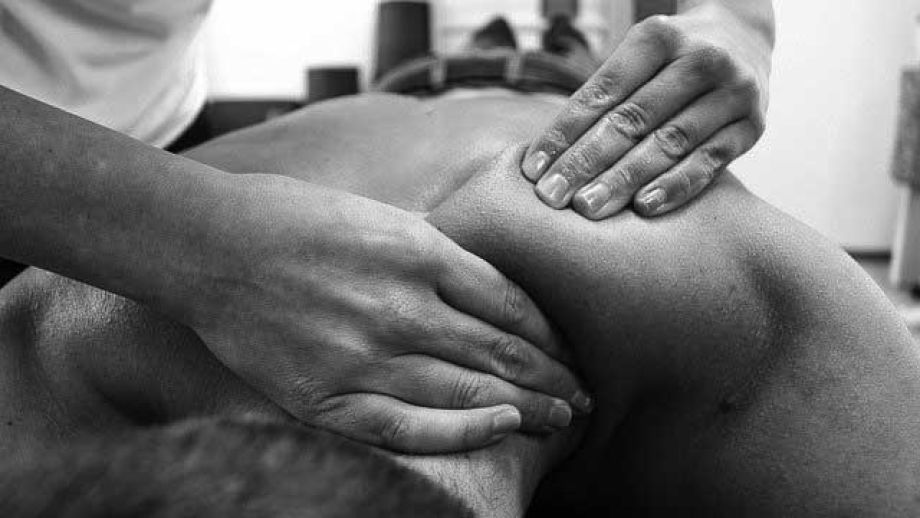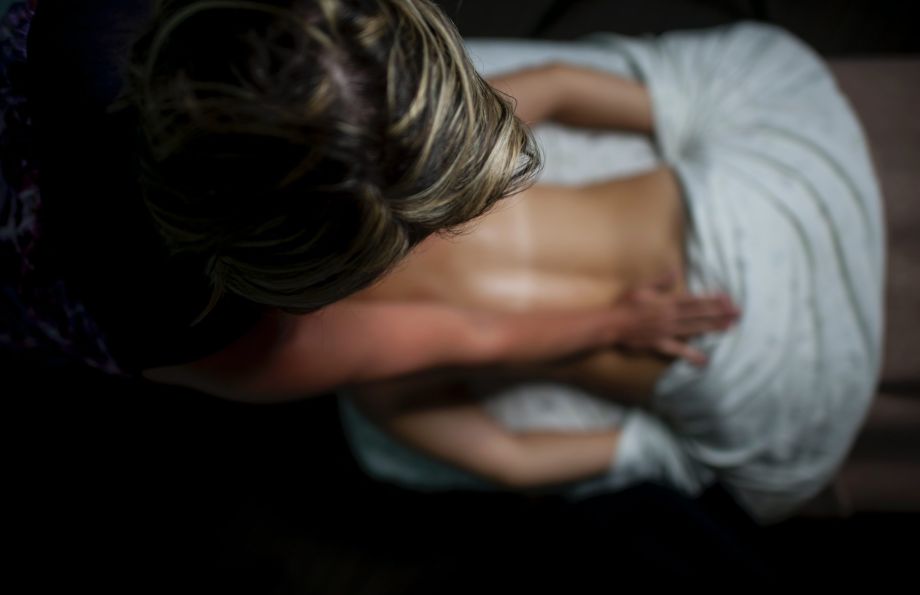Swedish massage involves a combination of light to tight glides, integrated with stretching and joint reach to promote total relaxation and release of muscle tension.
What is a Swedish Massage?
Originating in Sweden, this most well-known type of therapeutic massage is practiced widely throughout the world. Focusing on relaxing muscles, Swedish massage targets the superficial muscles to improve blood circulation.
Peter Henrik Ling (1776 – 1839) was a Swedish doctor and athlete who combined Chinese medical massage techniques with sports medicine. This combination is to increases flexibility, reduces muscle soreness, and improves general health.
Swedish massage involves strokes including long and gliding movements that are usually applied with oil or cream as a lubricant, vibration, friction, and tapping. Massage therapists also combine stretching to lengthen muscles and mobilize joints by opening and softening them.
There are several different Swedish massage techniques. All of the technique combinations are intended to provide a relaxing massage through gentle circular pressure applied by the therapist’s hand. The most common Swedish massage techniques include:
- Effleurage. A massage technique that involves long, gentle strokes,
- Petrissage. A technique used to relieve tissue and muscle movement by treating muscle knots or spasms,
- Vibration. Techniques that use light taps and other techniques that cause the body to tremble,
- Hacking. These are light, quick movements performed with the sides of the hand to stimulate nerves and blood circulation.
What are The Benefits of a Swedish Massage?
1. Improving Body Flexibility
Swedish massage can open and lubricate joints, reduce swelling, lengthen muscles while increasing flexibility. Combining stretching techniques, Swedish massage can promote a smoother range of motion.
2. Supporting healthy immunity
In order to achieve overall health, it is important that you take a holistic approach. Physical pain can increase the potential for mental health problems like stress. Plus, the environment around you is very likely to stress you out.
Both physical pain and stress can cause immune deficiency. You can undergo Swedish massage therapy to promote relaxation and decrease body tension that supports the body’s immunity.
3. Pain management
Swedish massage can be an effective method of treating conditions such as arthritis and chronic pain. Tell your therapist about any pain points you are experiencing. Next, the therapist will target the area and use movements to reduce muscle tension and improve local circulation. For many people, this natural way of dealing with pain is more preferable to taking pain medication.
4. Relieving stress
The pressures of life that require everything to be done perfectly are likely to stress people out. This can manifest in the body as marked by increased muscle tension and pain.
Your mind can also be affected by stress, causing anxiety and worry. To fix this, you can try Swedish massage which can relax muscle tension and calm the nervous system.
5. Relieving headaches
Stress and a bad environment can give you headaches or migraines. Tension headaches can be treated with Swedish massage which can improve blood circulation to the brain.
6. Improving posture
During work, you may have to sit for long periods of time. This will result in the tightening of the muscles in several parts of your body. Overworked muscles can cause postural imbalance. This problem can be overcome with Swedish massage which helps to relieve muscle tension.
7. Improving blood circulation
Swedish massage uses different massage techniques to increase blood circulation to the area being worked on. The increased warmth soothes and eases muscle soreness as well as flushing out all the toxins that build up in the body.
During massage therapy, you will feel very relaxed. However, you will experience a noticeable increase in energy as a result of increased blood circulation.
8. Releasing the happy hormones
Scientifically, massage therapy is able to release various feel-good hormones and chemicals in our bodies. Some of these happy hormones include endorphins, dopamine, serotonin, and oxytocin. These will all make you feel good and wonderful.
9. Improving sleep quality
One of the chemicals that make you feel good is serotonin which is essential for a healthy sleep pattern. You will be able to fall asleep faster. Your body will feel more refreshed after waking up. Some people choose to have a Swedish massage in the evening or night so they can sleep afterward.



